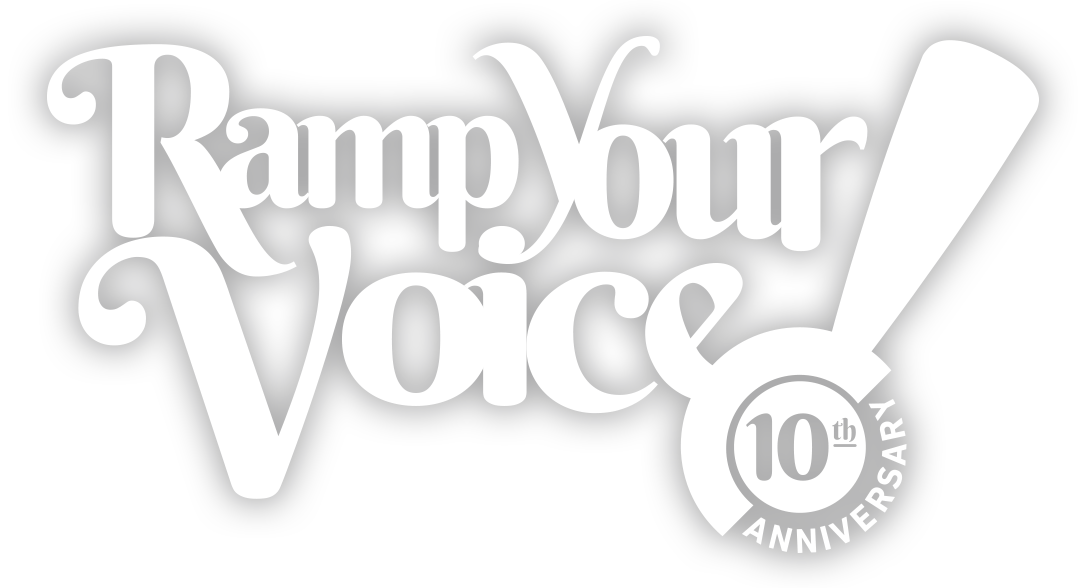“Tools You Can Use” – Ramp Your Voice’s Resource Series
“Tools You Can Use” is the new resource series that correlates with Ramp Your Voice’s key goals of providing education and empowerment for all people, regardless of ability. ”Tools You Can Use” will highlight free or low-cost resources (applications (apps), websites, books, blogs, services/webinars offered by organizations, etc.) that may be useful in helping individuals become knowledgeable and empowered when they are aware of what is available that can improve their quality of life.
This week, I will highlight two websites that offer a wide variety of services, ranging from comprehensive statistical information covering the disability population in the United States to a free and easy way to find appropriate resources you can use in your city.
Disability Statistics
I participated in a webinar earlier this week that focused on the issues of employment and people with disabilities. The panelists discussed their website that hosts statistical information about the disability population of the United States. The website is called Disability Statistics, and it provides free access to status reports from 2008-2011 that covers the makeup and life statuses of people with disabilities.
What makes this resource stands out to me is the fact that the website not only has comprehensive statistical information about the entire population of people with disabilities in the United States, but also provides detailed facts about people with disabilities for each state. This breakdown allows you to learn about the educational level or poverty level of people with disabilities in your home state, if that is an interest you had for a research project or for personal knowledge. You are given the ability to choose the year of data you’re interested in, along with the format type (HTML or PDF). The data is easy to read, and the website is very user-friendly. The website also allows you to cross-reference data, which is helpful if you’re looking for something more specific (for example, if you wanted to know the differences between gender and race when compared to other specific identifiers).
I love research, and this resource will help me tremendously in being able to paint a vivid picture of the diversity within the subgroup, and the life statuses of the group as a whole, in comparison to able-bodied Americans. I believe that this resource is a great tool for anyone who wants to know various facts and characteristics of the disability population, either by state or the nation as a whole.
Aunt Bertha
While on social media, I came across this new resource that can be used by both helping professionals and individuals in searching for services and resources in their area. Aunt Bertha is a free resource that allows you to use your zip code to learn of available services and agencies in your area for citizens to take advantage of. Such services Aunt Bertha can “find” for you include housing, education, health care, food, and other important basic needs.
I visited the website to figure out how exactly Aunt Bertha works. Aunt Bertha proved to be easy to use, and the website design layout is also user-friendly. One great plus of Aunt Bertha is that you do not have to create an account to gain access to the search feature. The color-coded icons for each service category helps to decipher which category you want to navigate. The explanation for each search finding given in your search is explained in layman terms, which allows people of all educational backgrounds to understand the information provided. Another great feature is the detailed contact information provided for each search finding, which makes it easier for users to learn more about a particular service on their own, outside of the Aunt Bertha website.
I believe that this resource is a great tool for helping professionals, such as social workers, to use and share with their clients because it allows clients to be proactive in discovering services on their own. When clients are active participants in the helping process, it empowers them because they believe that their opinions and actions are valued by the professional. The professional is no longer viewed as the “all-knowing one” by the client; the client recognizes that he or she possesses the ability to gain knowledge that can be a positive contribution to their situation. This resource also allows clients to figure out independently how to make their communities “work” for them, and thus, are no longer be in the dark about what kind of services exist that could prove beneficial to their life circumstances.
This is the first installment of the “Tools You Can Use” series. I will continue to uncover and share many more resources as time goes along. If any of you know of any resources that should be highlighted in the series, please send them to me via email, Vilissa@rampyourvoice.com, or through the “Contact Vilissa” page of the website. As the old saying goes, sharing is indeed caring, and I intend to share any information I deem helpful for people with disabilities, helping professionals, and everyone inbetween.

